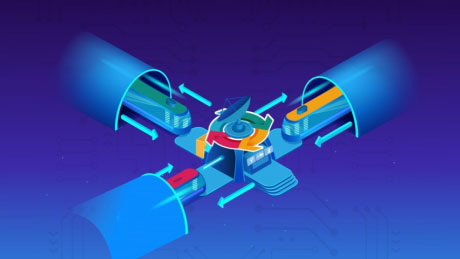I-CBTC
40 CBTC/I-CBTC Lines in Total, 24 I-CBTC Lines
Product Introduction
Interoperability-CBTC (I-CBTC) is a CBTC system that realizes the interconnectivity of different signal equipment based on unified regulations and standards and the interoperability of trains. The main characteristic of interconnectivity is to meet the interoperability requirement of train and improve the utilization ratio and operation capability of equipment. TCT integrates different signal systems based on the interconnectivity solution of self-developed CBTC so that trains with various onboard equipment can realize seamless, safe, and reliable operation on one or more rail transit lines with different trackside equipment.

